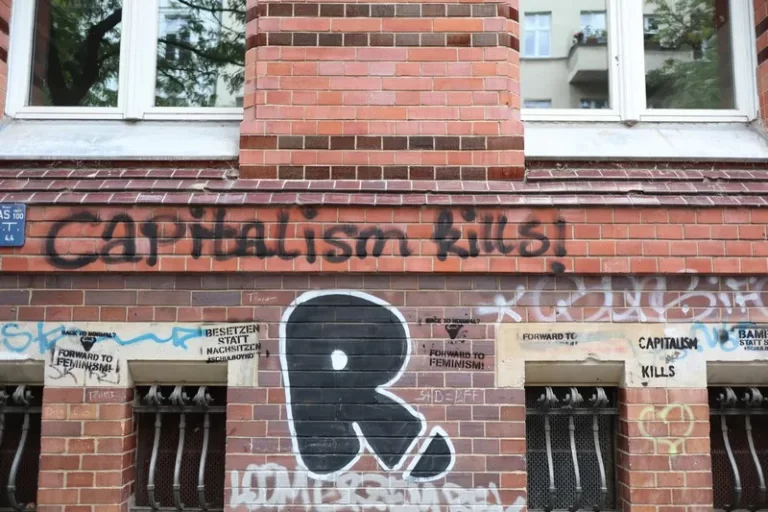Laissez-faire economics is a concept rooted in classical liberalism, advocating minimal governmental intervention in economic affairs. The term, derived from the French phrase "let do," epitomizes a system where private parties are free to transact without excessive regulation, taxation, or state-imposed constraints. This economic philosophy is pivotal in understanding various sociopolitical dynamics and the evolution of market economies. This essay provides a comprehensive outline and explanation of laissez-faire economics, encompassing its historical development, core principles, theoretical underpinnings, critiques, and sociological implications.
Historical Development
Origins
The roots of laissez-faire economics can be traced back to the 18th century, particularly within the context of the Enlightenment. The physiocrats, a group of French economists led by François Quesnay, were among the earliest proponents of this ideology. They argued that natural economic laws should govern human activity, and any interference would disrupt the natural order. Their famous maxim, "laissez-faire, laissez-passer" (let do, let pass), encapsulated their belief in the self-regulating nature of markets.
Adam Smith and Classical Economics
The ideas of the physiocrats profoundly influenced Adam Smith, often regarded as the father of modern economics. In his seminal work, "The Wealth of Nations" (1776), Smith articulated the concept of the invisible hand, positing that individuals pursuing their self-interest inadvertently contribute to the overall economic well-being of society. Smith's advocacy for limited government intervention—primarily to protect property rights, enforce contracts, and ensure national defense—laid the groundwork for classical economic thought.
19th and Early 20th Century
Throughout the 19th century, laissez-faire principles dominated economic policy in many Western countries, particularly in




